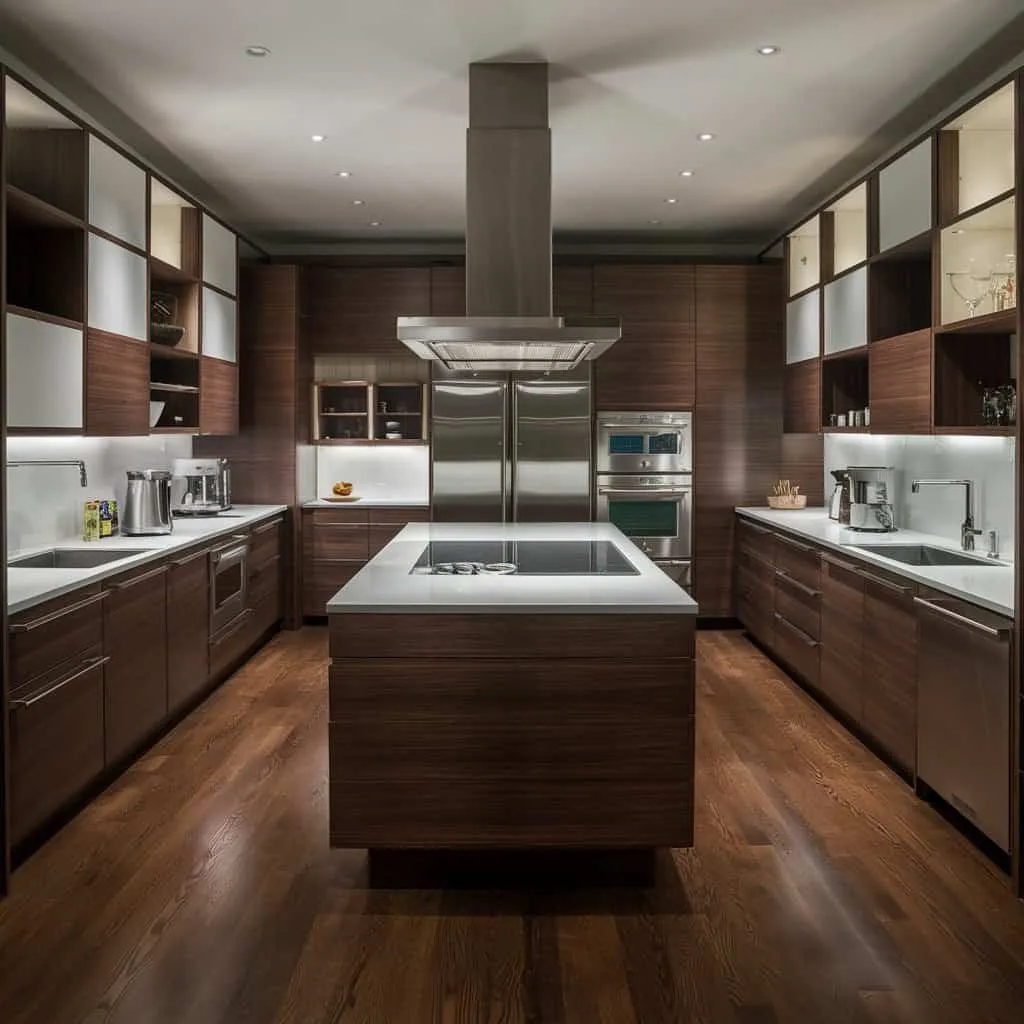Understanding Modular Kitchen Decor
Modular kitchen decor is more than just arranging cabinets it’s about creating a functional, stylish, and personalized space that caters to your specific needs and preferences. It involves designing your kitchen around pre-fabricated components. Understanding these components, their materials, and design possibilities is the first step. This approach allows for flexibility, customization, and efficient use of space. The term ‘modular’ refers to the standardized size and design of the components that can be combined in numerous ways to fit any kitchen layout. It’s a blend of practicality and aesthetics, ensuring that every inch of your kitchen is optimized for cooking, dining, and socializing. The success of a modular kitchen decor project hinges on careful planning, understanding of available options, and a keen eye for design.
The Benefits of Modular Kitchen Decor
Modular kitchen decor brings a host of advantages. One of the most significant is its efficiency. Prefabricated components reduce installation time and labor costs compared to custom-built kitchens. Another key advantage is the high degree of customization. You can select from a vast array of cabinet styles, finishes, and accessories to create a kitchen that reflects your taste and lifestyle. Modular kitchens often offer superior space utilization. Every corner is designed to optimize storage and workflow, making even small kitchens feel spacious. Furthermore, modular kitchens are often more cost-effective, as mass production reduces material costs. They are also known for their durability, using high-quality materials that withstand daily wear and tear. Finally, they are easily updated; components can be replaced or reconfigured to keep your kitchen looking fresh and modern.
Planning Your Modular Kitchen Decor
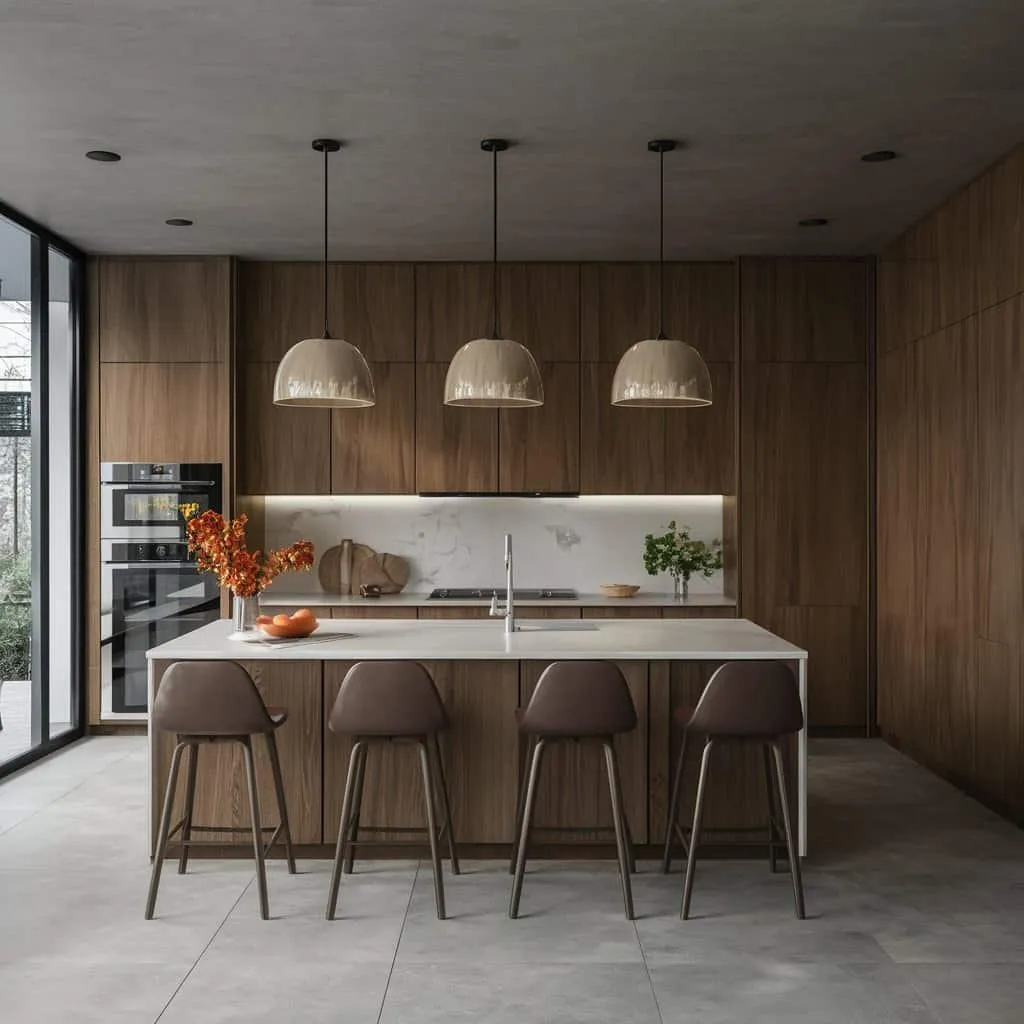
Careful planning is essential for a successful modular kitchen design. Begin by assessing your space consider the shape, size, and natural light of the room. Next, define your needs. Think about how you use your kitchen, your cooking habits, and your storage requirements. Create a detailed budget to guide your choices, from cabinets and countertops to appliances and accessories. Research different styles and designs that appeal to you, gathering inspiration from magazines, online platforms, and showrooms. Develop a layout that maximizes efficiency and flow, considering the work triangle (sink, stove, and refrigerator). Finally, explore different storage solutions such as pull-out shelves, corner cabinets, and pantry organizers. Remember to consider the overall aesthetic you want to achieve the colors, materials, and finishes that will create the desired atmosphere.
Choosing the Right Style
The style of your modular kitchen decor sets the tone for the entire space. Consider your personal taste and the overall style of your home. Do you prefer a sleek, minimalist look or a warm, traditional feel? Explore different design styles to find one that resonates with you. The style will influence cabinet door styles, countertop materials, hardware, and color schemes. Choosing the right style is about more than just aesthetics; it also affects functionality. For example, a modern kitchen might feature handle-less cabinets for a clean look, while a traditional kitchen might incorporate ornate details and crown molding. Think about how your kitchen will be used. If you love to cook, a functional and efficient design is key. If your kitchen is a gathering place for family and friends, consider incorporating an island or breakfast bar.
Modern Modular Kitchen Decor
Modern modular kitchens are characterized by clean lines, minimalist design, and a focus on functionality. They often feature flat-panel cabinets with a smooth, uninterrupted surface. Neutral color palettes, such as white, gray, and black, are popular, along with the use of high-gloss finishes and sleek hardware. Modern kitchens often incorporate smart technology, such as touch-activated faucets, built-in appliances, and integrated lighting. The overall look is streamlined and sophisticated, creating a sense of spaciousness and calm. The use of materials like stainless steel, glass, and concrete adds to the contemporary aesthetic. Open shelving can be incorporated to display stylish items, while hidden storage solutions keep the space clutter-free.
Contemporary Modular Kitchen Decor
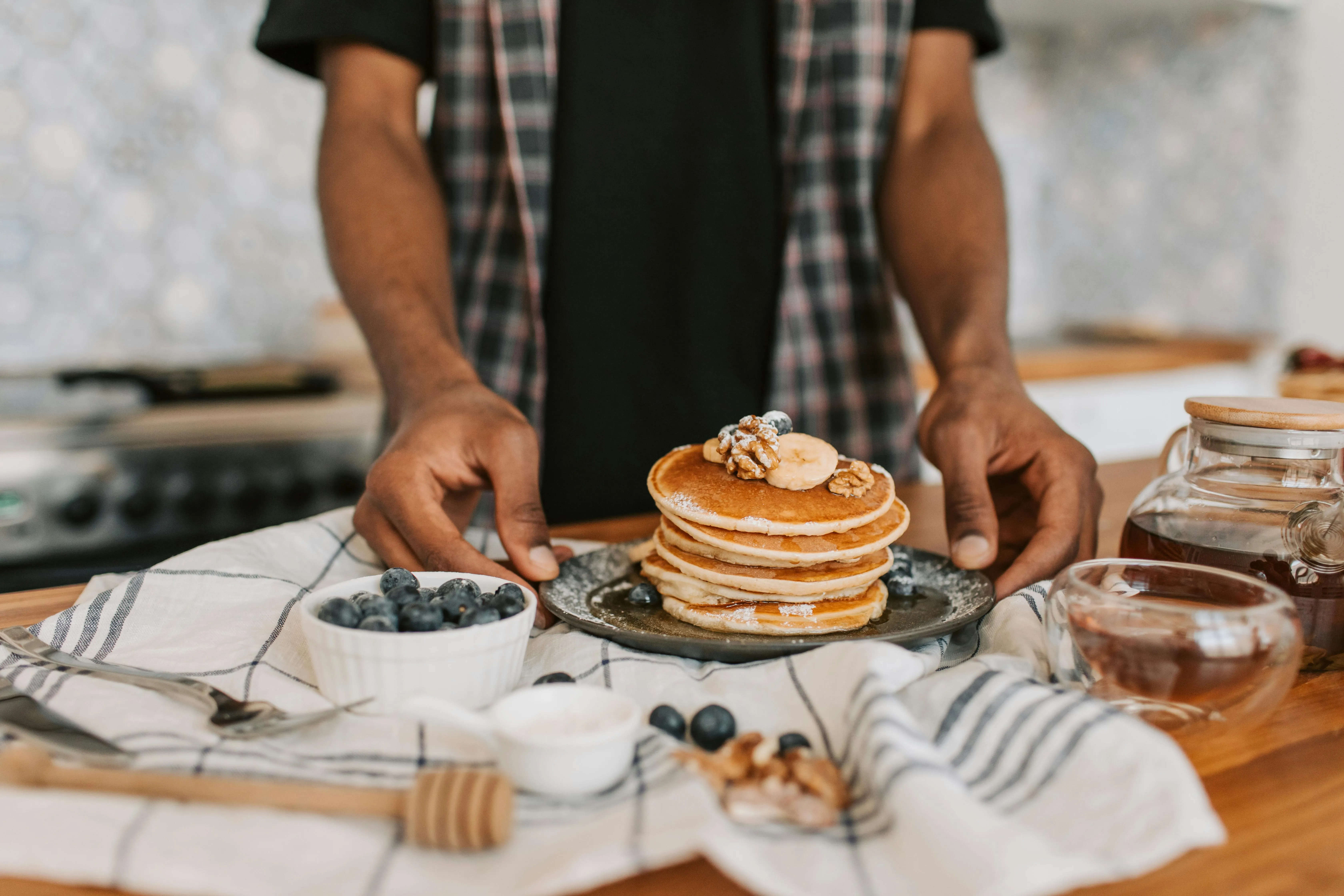
Contemporary modular kitchens blend modern and transitional elements, offering a versatile and adaptable design. They embrace a wider range of materials and colors, including wood tones, vibrant accents, and textured surfaces. Cabinet door styles can vary from flat-panel to slightly raised or recessed panels. Hardware choices are diverse, from sleek, minimalist handles to more decorative knobs and pulls. Contemporary kitchens often incorporate islands with built-in seating, creating a social and inviting space. The overall look is balanced and harmonious, with a focus on creating a functional and stylish environment. These kitchens often feature creative lighting solutions, such as pendant lights over an island or under-cabinet lighting to enhance the ambiance.
Traditional Modular Kitchen Decor
Traditional modular kitchens evoke a sense of warmth and classic charm. They often feature raised-panel cabinets with detailed moldings and ornate hardware. Warm color palettes, such as creams, beiges, and soft pastels, are common, along with the use of natural wood tones. Traditional kitchens often incorporate elements like crown molding, decorative corbels, and glass-front cabinet doors. Countertops are often made from granite, marble, or other natural stone materials. The overall look is elegant and timeless, creating a welcoming and comfortable space. Islands can be incorporated with detailed cabinetry and seating options. The use of antique or vintage-inspired accessories enhances the traditional aesthetic, adding personality and character.
Color and Material Selection
Color and material choices are crucial for creating the desired ambiance in your modular kitchen. Colors can influence the mood of the space, from bright and energetic to calm and serene. Neutral colors are a popular choice, offering a versatile backdrop that can be customized with accents. Consider the amount of natural light in your kitchen when selecting colors; lighter colors can make a small kitchen feel larger and brighter. The materials you choose will affect the durability, style, and maintenance of your kitchen. Consider countertops, cabinetry, flooring, and backsplashes. Choose materials that are both aesthetically pleasing and practical. From sleek laminates to luxurious natural stones, your material choices should align with the overall design and your lifestyle.
Selecting Colors for Your Modular Kitchen
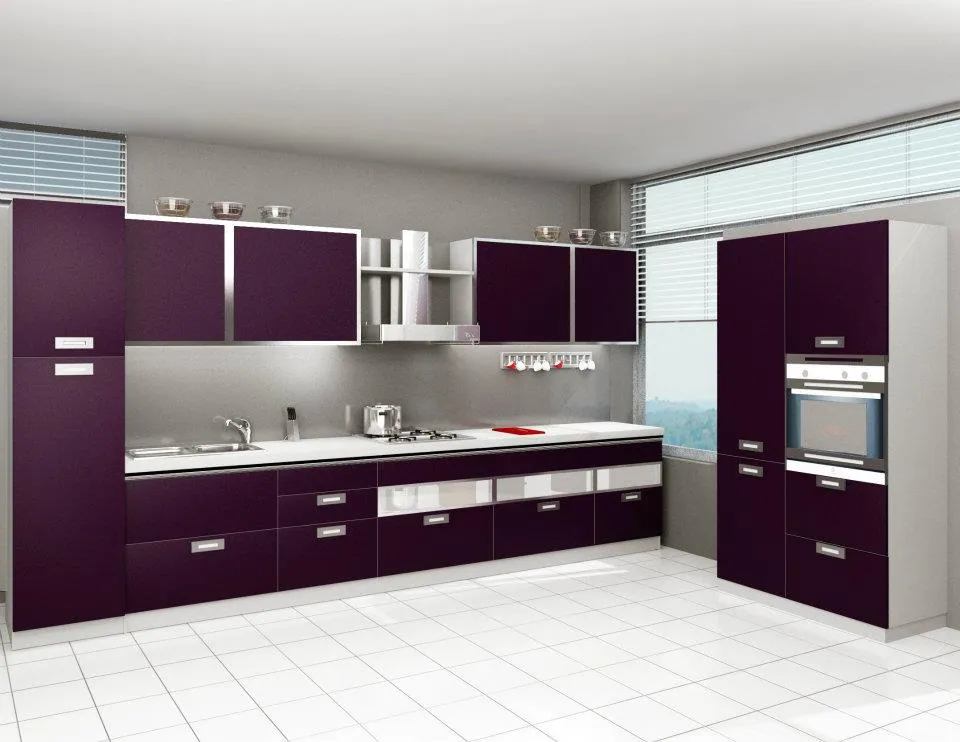
Choosing the right color palette can transform your kitchen. Consider the size of your kitchen and the amount of natural light. Lighter colors like white, cream, and light gray can make a small kitchen feel more spacious and airy. Darker colors like navy, charcoal, or deep green can add drama and sophistication but might make a small space feel cramped. Accent colors can be used to add pops of personality and visual interest. Think about the overall style you are aiming for. Modern kitchens often feature neutral colors, while traditional kitchens might incorporate warmer tones. Consider the flow of color throughout your home. The kitchen should complement the overall aesthetic of your living spaces. Experiment with color palettes using online tools or sample swatches to ensure the colors work well together.
Choosing Materials for Durability and Style
Material selection is a critical aspect of your kitchen design. For cabinetry, consider materials like solid wood, plywood, or MDF (Medium-Density Fiberboard). Solid wood offers durability and a classic look, while plywood provides stability and resistance to moisture. MDF is a cost-effective option that can be easily painted or finished. Countertop materials include granite, quartz, laminate, and solid surface materials. Granite is a durable, natural stone, while quartz offers a low-maintenance, non-porous surface. Laminate is a budget-friendly option, and solid surface materials provide seamless designs. Backsplash materials can range from tile and glass to stainless steel and natural stone. Choose materials that are both stylish and practical, considering factors like durability, maintenance, and resistance to heat and moisture. Flooring options include tile, hardwood, and vinyl. Consider the amount of foot traffic and the need for easy cleaning when selecting flooring materials.
Layout and Design Principles
Effective kitchen layout and design principles are essential for creating a functional and efficient space. The work triangle, which connects the sink, stove, and refrigerator, is a fundamental concept that optimizes workflow. Ensure that the distances between these three points are reasonable. Consider the placement of appliances and work surfaces, ensuring that there is enough space for food preparation and storage. Maximize storage space by incorporating pull-out shelves, corner cabinets, and pantry organizers. Optimize the flow of traffic by considering the placement of doors, windows, and walkways. Create distinct zones for cooking, cleaning, and dining. Consider the overall aesthetic of your kitchen and how it aligns with your lifestyle. The aim is to create a kitchen that is both beautiful and easy to use.
Maximizing Space and Functionality
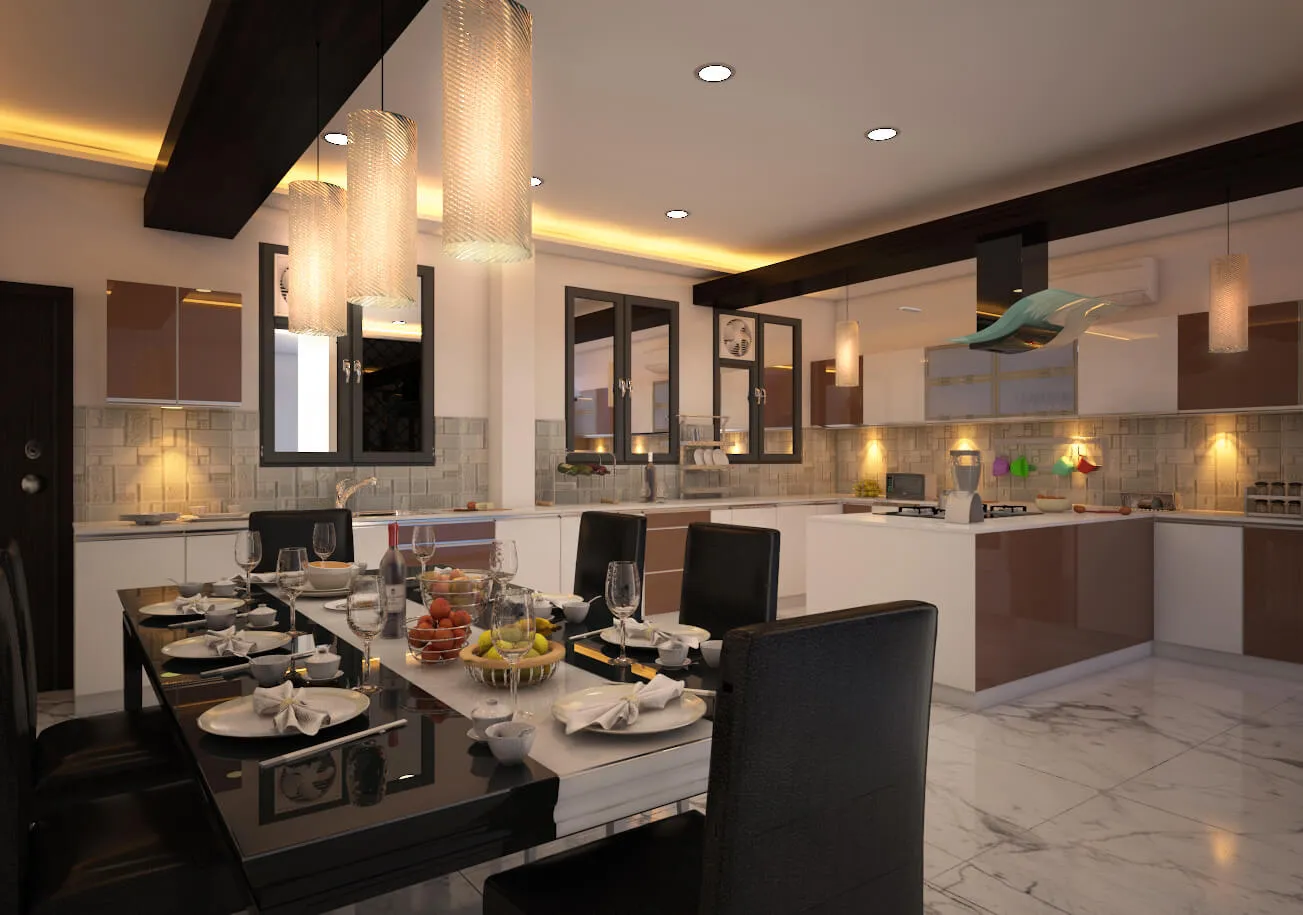
Maximizing space and functionality is key, especially in smaller kitchens. Utilize vertical space by installing cabinets that extend to the ceiling, providing additional storage. Incorporate pull-out shelves, drawers, and organizers to make the most of cabinet space. Consider a kitchen island or peninsula to provide extra counter space, storage, and seating. Use open shelving to create the illusion of space and display decorative items. Incorporate corner cabinets with lazy Susans or pull-out systems to avoid wasted space. Choose appliances with smaller footprints, such as slim refrigerators and compact dishwashers. Consider multi-functional furniture, such as a kitchen island with built-in storage or a dining table that can be folded away. Proper lighting can also make a small kitchen feel larger and brighter.
Essential Decor Elements
Essential decor elements are crucial for adding personality and functionality to your kitchen. These elements include lighting, appliances, accessories, and personal touches. Lighting is essential for both aesthetics and functionality, using a combination of ambient, task, and accent lighting. Appliances should be chosen for their functionality and style. Accessories, such as hardware, window treatments, and decorative items, help to tie the design together and add your personal touch. The aim is to create a cohesive and visually appealing space that reflects your style and meets your needs.
Lighting in Modular Kitchens
Lighting is a crucial decor element in a modular kitchen. Incorporate a combination of ambient, task, and accent lighting to create a well-lit and functional space. Ambient lighting provides overall illumination, such as recessed lighting or a central pendant light. Task lighting, such as under-cabinet lights and spotlights, focuses on work areas like the countertop and stove. Accent lighting highlights architectural features or decorative items, such as pendant lights over an island or strip lights in glass-front cabinets. Choose energy-efficient LED lighting to save on energy costs and reduce heat output. Consider installing dimmers to adjust the lighting levels to suit different activities and moods. The proper lighting scheme can transform the look and feel of your kitchen.
Appliances and Accessories
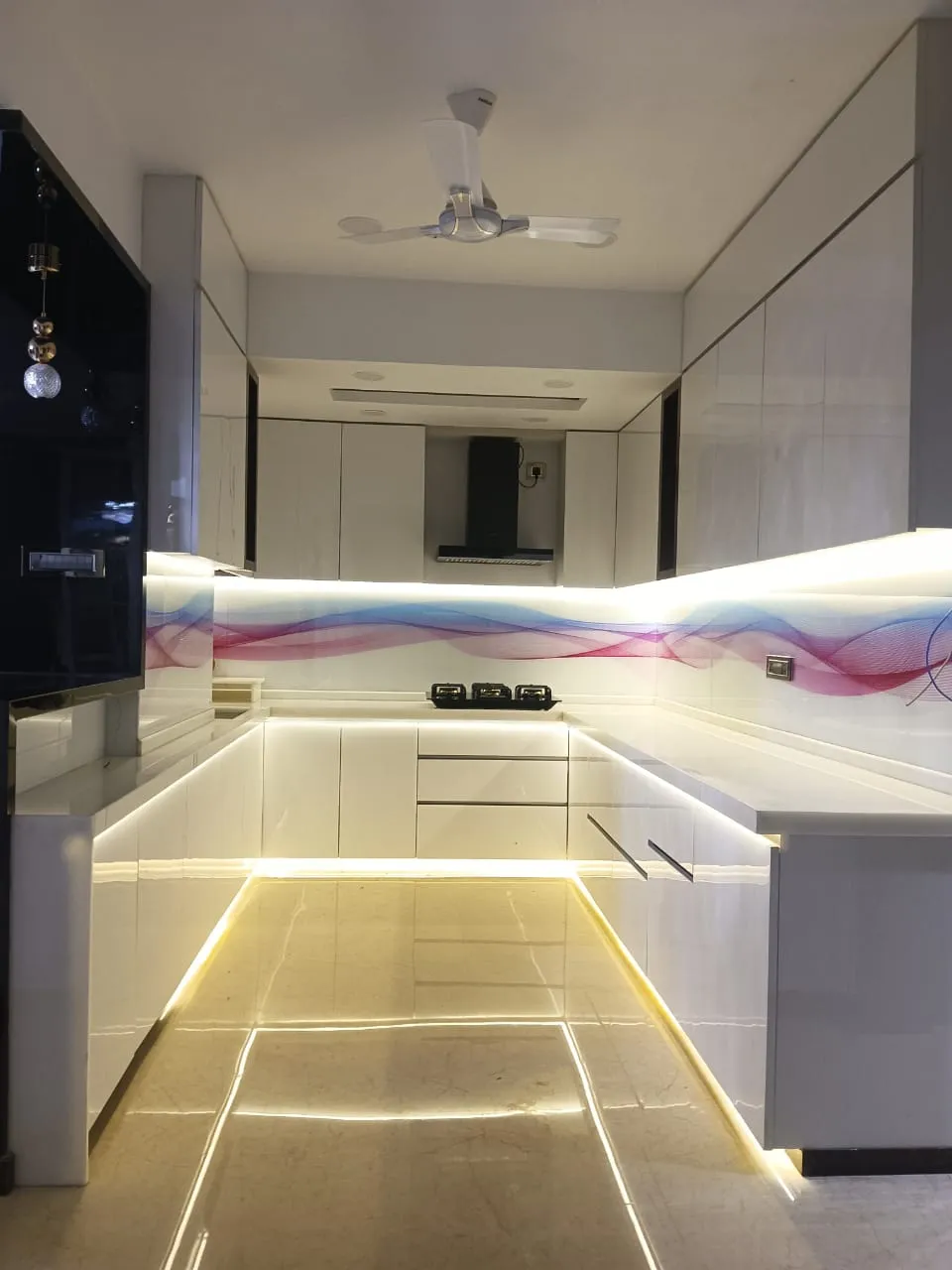
Appliances and accessories are essential for a functional and stylish modular kitchen. Select appliances that meet your needs and complement the overall design. Consider the size, energy efficiency, and features of each appliance. Integrate appliances seamlessly into the cabinetry for a streamlined look. Choose accessories such as hardware, faucets, and window treatments to complement the style of your kitchen. Hardware can range from sleek, modern handles to more decorative knobs and pulls. Faucets should be selected for both functionality and style. Window treatments, such as blinds or curtains, can add privacy and control the amount of natural light. Choose accessories that are both practical and visually appealing, adding personality and charm to your space.
Adding Personal Touches to Your Kitchen
Adding personal touches is what truly makes your modular kitchen your own. Incorporate items that reflect your personality and style. Display favorite cookbooks, artwork, or decorative items on open shelving. Use colorful accessories such as kitchen towels, dishware, and small appliances to add pops of color. Add plants to bring life and freshness to the space. Consider adding a gallery wall with family photos or artwork. Customize your kitchen with unique hardware, lighting fixtures, or countertop materials. Personal touches create a warm and inviting atmosphere, making your kitchen a place you enjoy spending time in.
Maintenance and Upkeep
Proper maintenance and upkeep are essential for preserving the beauty and functionality of your modular kitchen. Regular cleaning and maintenance will prevent damage and keep your kitchen looking its best. The goal is to create a kitchen that is both beautiful and durable, with materials and finishes that withstand the rigors of daily use.
Cleaning and Maintenance Tips
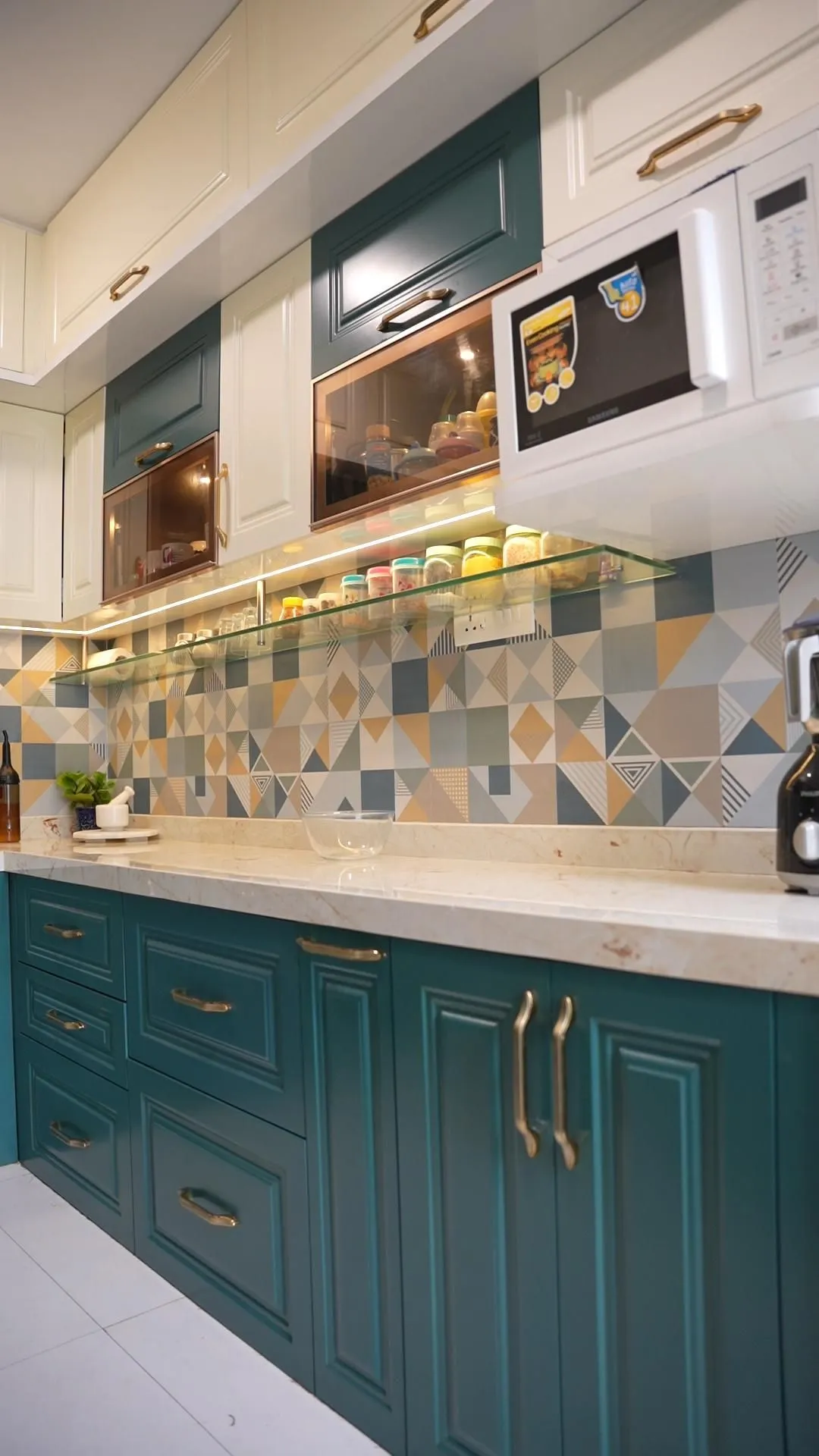
Regular cleaning and maintenance can prevent damage and extend the life of your modular kitchen. Clean countertops and backsplashes with appropriate cleaners to avoid damaging the surfaces. Wipe up spills immediately to prevent stains. Clean cabinet doors and drawers regularly with a soft cloth and mild detergent. Clean stainless steel appliances with a specialized cleaner to maintain their shine. Sweep or vacuum the floor regularly, and mop as needed. Inspect your kitchen for signs of wear and tear and address any issues promptly. Follow manufacturer’s instructions for cleaning and maintaining appliances and surfaces. By following these tips, you can ensure that your kitchen remains a beautiful and functional space for years to come.
Common Mistakes to Avoid
Avoiding common mistakes can prevent costly errors and ensure a successful modular kitchen design. Avoid making these mistakes: not planning your layout properly. Failing to consider your workflow and storage needs. Overspending on expensive materials without prioritizing functionality. Choosing a style that doesn’t match your home’s overall aesthetic. Forgetting to consider the size and placement of appliances. Neglecting to budget for accessories and hardware. Not hiring a professional designer or installer. Overlooking the importance of proper lighting. Failing to consider the long-term maintenance of the materials. By avoiding these mistakes, you can design a modular kitchen that meets your needs and reflects your personal style.
Budgeting for Your Modular Kitchen Decor
Budgeting is a crucial aspect of your modular kitchen decor project. Begin by determining your overall budget and allocating funds for each component, including cabinets, countertops, appliances, hardware, and installation. Research the cost of different materials and finishes to ensure that your choices align with your budget. Prioritize your needs and make informed decisions about where to spend and where to save. Consider the long-term value of your investments, such as the durability and energy efficiency of appliances. Be prepared for unexpected costs and include a contingency fund in your budget. Compare prices from different suppliers and contractors to find the best deals. If you’re on a tight budget, consider DIY projects or affordable alternatives. Tracking your expenses throughout the project will help you stay within your budget and make necessary adjustments.
In conclusion, designing a dream modular kitchen involves careful planning, informed decision-making, and a focus on both functionality and aesthetics. By understanding the principles of modular design, choosing the right style, selecting the appropriate materials, and incorporating essential decor elements, you can create a kitchen that is both beautiful and practical. Regular maintenance and upkeep will ensure that your kitchen remains a welcoming and enjoyable space for years to come. With careful planning and execution, your dream kitchen is within reach. Embrace the modular approach to create a space that is truly tailored to your needs and reflects your personal style. Happy designing!
